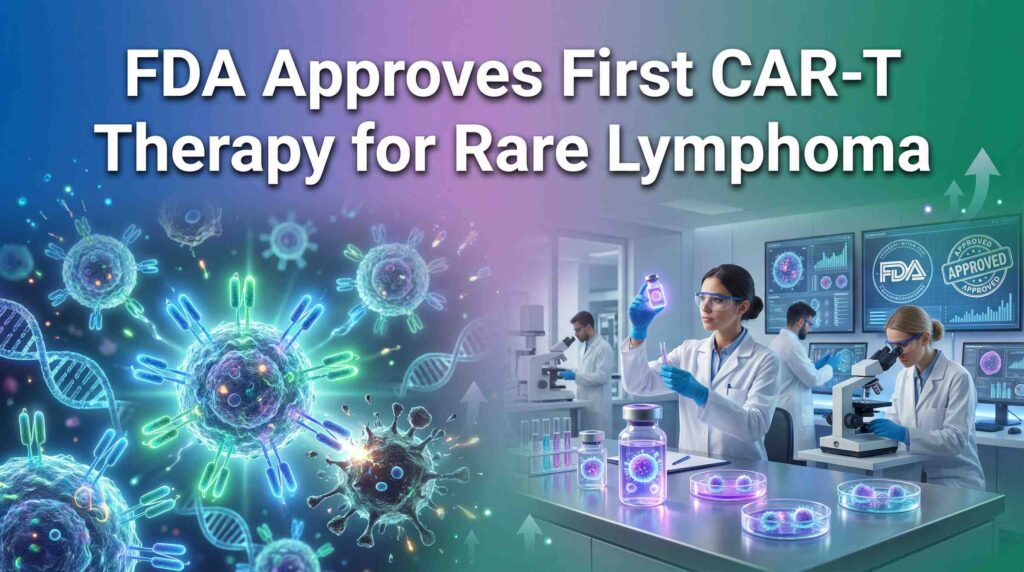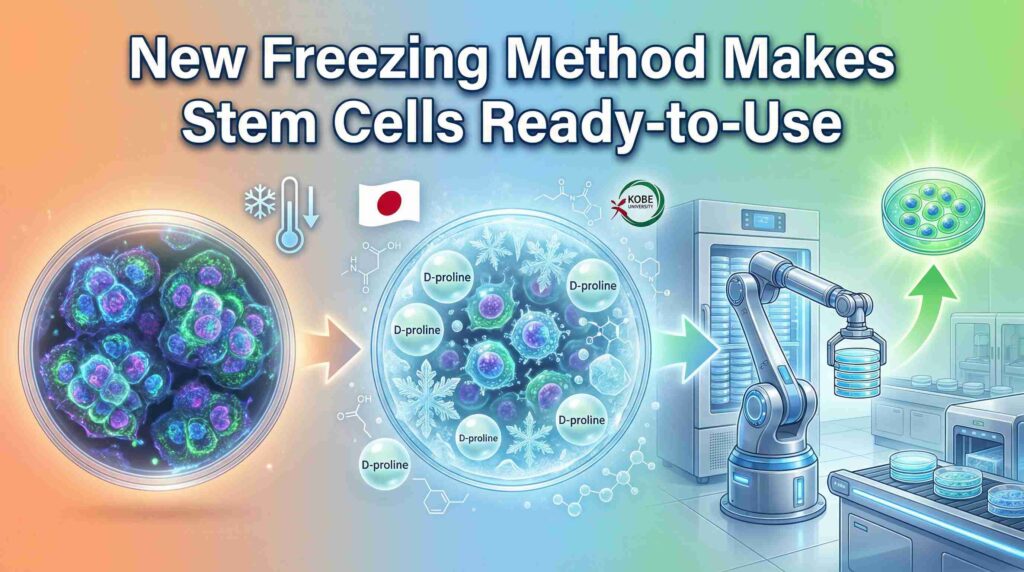In the frontier of regenerative medicine, stem cells are akin to the alchemists of old, bearing the extraordinary ability to transmute into various types of cells and potentially heal the body from within.
Among the treasure troves of these miraculous cells, bone marrow stands out as a prolific source. Today, we’re delving into the world of stem cell extraction via bone marrow harvest, a technique that sounds more like a quest in a fantasy novel than a medical procedure, yet holds real promise for treating a myriad of conditions.
Whether you’re a budding scientist, a curious enthusiast, or someone considering stem cell therapy, join us on this journey through the nuances, the how-tos, and the future of harvesting stem cells from the marrow of our very bones.
Understanding Stem Cells
The Basics of Stem Cells
Imagine if you could press a universal “reset” button on a cell, allowing it to morph into any cell type your body might need. That’s the magic of stem cells. These cellular chameleons, found in various parts of the body, are pivotal in healing, regeneration, and medical research.
We classify them into three main types: embryonic, adult (such as those in bone marrow), and induced pluripotent stem cells, each with unique abilities and sources.
Healing Heroes
Stem cells are the body’s raw materials, the unsung heroes silently shaping our healing and growth. They are the foundation from which all other cells with specialized functions are generated.
Through their ability to divide and morph, they play a critical role in the body’s repair process, making them a cornerstone of regenerative medicine and treatments for a range of diseases.
A New Hope for Treatment
From the battle against leukemia to the quest for a cure for Alzheimer’s, stem cells offer a beacon of hope. Their versatility allows for groundbreaking treatments and therapies, pioneering a new era in medicine where the impossible becomes possible.
The Significance of Bone Marrow in Stem Cell Therapy
Bone Marrow: A Vital Source
Beneath the hard exterior of our bones lies bone marrow, a spongy tissue that’s not just the center of blood cell production but a rich reservoir of adult stem cells.
This hidden gem is particularly valuable for its ability to produce hematopoietic stem cells, which give rise to all other blood cells – a critical function for both our immune system and our overall health.
Why Bone Marrow?
When it comes to stem cell sources, bone marrow might not be the only game in town, but it’s certainly one of the most potent. Compared to umbilical cord blood or adipose tissue, bone marrow stem cells have a proven track record in stem cell transplants, offering a robust foundation for treatments across a spectrum of conditions.
Advantages Galore
Bone marrow-derived stem cells are not just versatile; they’re also readily available and comparatively easy to harvest. They boast a high success rate in transplants, making them a go-to source for many therapies.
Plus, when you’re your own donor (in autologous transplants), the compatibility issues often seen with other transplants virtually disappear, reducing the risk of rejection.
Bone Marrow Harvesting Techniques
Getting Down to the Nitty-Gritty
The journey to extract stem cells from bone marrow might seem like it’s straight out of a sci-fi novel, yet it’s a procedure grounded in decades of science. Let’s break down this quest into steps, shall we?
Preparing for the Harvest
Before the harvest, patients undergo thorough evaluations to ensure they’re fit for the procedure. It’s like preparing for a space mission, where every detail must be meticulously planned.
The Harvest Itself
Imagine a needle – but not just any needle. This one is a magic wand that, when inserted into the hip bone, draws out the life-giving marrow without a spell or incantation. This surgical technique, known as bone marrow aspiration, is the crux of the harvest.
The procedure is performed under anesthesia, so discomfort is minimal, akin to a knight’s armor protecting them in battle.
After the Harvest
Once the marrow is collected, the real magic begins. The stem cells are separated and prepared for transplant, ready to embark on their mission to heal and regenerate.
Post-procedure care focuses on ensuring the donor’s recovery is swift, allowing them to return to their daily quests with minimal downtime.
Technological Advances
Like any good tale of adventure, the story of bone marrow harvest is one of innovation and progress. New, minimally invasive techniques and image-guided procedures ensure the harvest is more efficient and less painful than ever before, making the journey of donating stem cells less daunting for the noble souls who undertake it.
Applications of Bone Marrow-Derived Stem Cells
The Many Faces of Healing
Bone marrow-derived stem cells are not just versatile; they’re heroic, offering hope in battles against formidable foes like leukemia, lymphomas, and autoimmune diseases. Their ability to transform into new blood cells and support the immune system makes them invaluable allies in stem cell transplants.
The Frontier of Research
The realm of stem cells is ever-expanding, with current research exploring novel treatments for heart disease, neurodegenerative disorders, and even injuries.
Bone marrow stem cells are at the forefront of this exploration, promising a future where the impossible becomes achievable.
Ethical, Legal, and Safety Considerations
Navigating the Moral Maze
With great power comes great responsibility. The potential of stem cell therapy raises complex ethical questions, from the sourcing of stem cells to the fairness of access to treatments. These are the dragons of our story, requiring wisdom and courage to navigate.
The Legal Landscape
Just as every kingdom has its laws, so too does the realm of stem cell research. Regulations vary widely across the globe, shaping the way stem cell therapies are developed, tested, and implemented. Staying informed and compliant is crucial for anyone venturing into this field.
Safety First
While the quest for stem cell therapies is noble, it’s not without risks. Bone marrow harvest and transplant procedures, like all medical interventions, carry potential side effects and complications.
However, advancements in technique and rigorous safety protocols ensure that these risks are minimized, safeguarding the well-being of both donors and recipients.
Future Perspectives
Peering into the Crystal Ball
The future of stem cell therapy, particularly those derived from bone marrow, is as bright as the dawn of a new day. With ongoing research, technological advancements, and an ever-growing understanding of the potential of stem cells, we stand on the cusp of a new era in medicine.
The Next Chapter
Emerging trends in stem cell therapy promise to revolutionize bone marrow harvesting techniques, making the process more efficient and less invasive. As we chart this unexplored territory, the potential for curing previously untreatable conditions grows, bringing hope to millions.
Conclusion
Our journey through the world of stem cell extraction via bone marrow harvesting has been an epic saga of science, hope, and potential. We’ve explored the hows and whys, the challenges and triumphs, and the bright future that lies ahead.
As we stand at the threshold of new discoveries, it’s clear that stem cells from bone marrow are not just the seeds of future therapies; they’re the embodiment of our collective hope for a healthier, brighter world. Let’s continue to support research, dialogue, and innovation in this field, for the chapters yet to be written are sure to be filled with even more remarkable breakthroughs.


